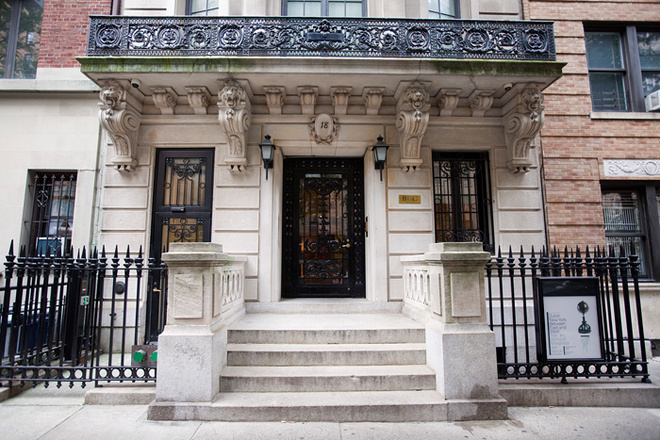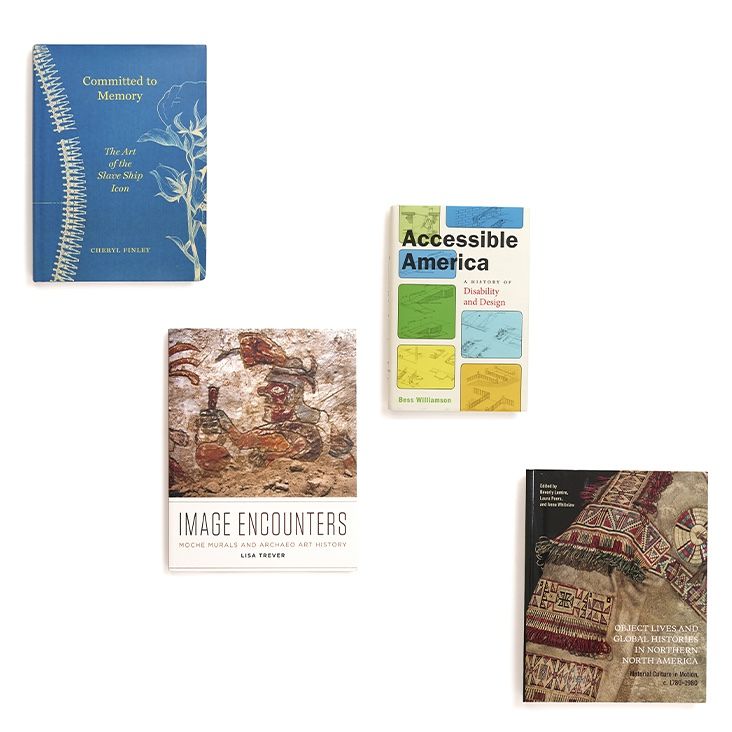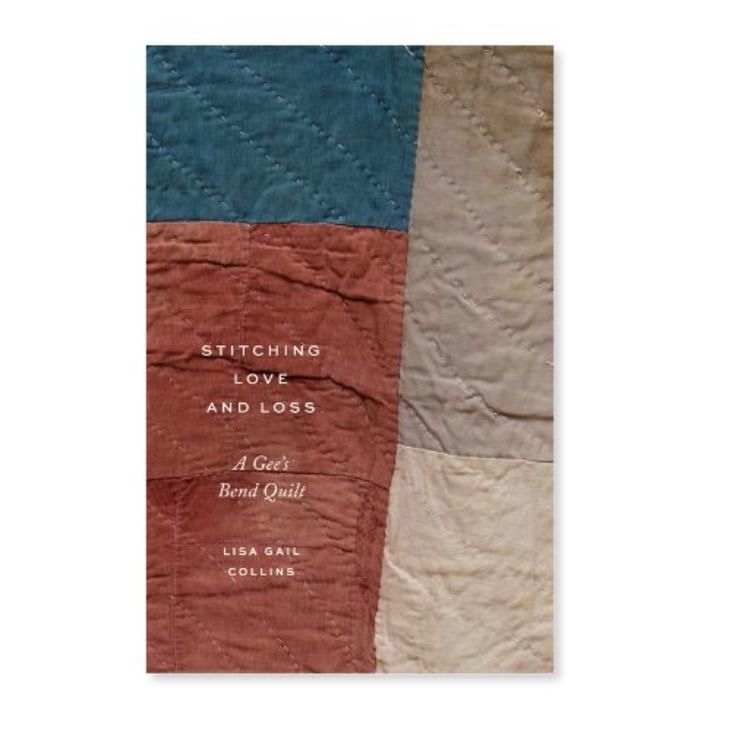As the teen intern for the
exhibitions department at BGC, one of my tasks was to compile information in
our database for the upcoming majolica exhibition.
This meant getting up close and personal with pieces that some would consider
to be the most ridiculous and camp objects ever produced.
Although majolica can be loud, and
indeed sometimes garish, there is much more to it than its occasional
brazenness. Behind the bright splashes of opposing color and questionable
design choices, majolica gives us a special look into the Victorian Age and all
the contradictions it entails. I think the most interesting example I have
encountered is that of the pouf spittoon.
Spittoons (also known as cuspidors)
were made available for use in many different spaces, both public and private,
for people to deposit their sputum; and indeed, there was no shortage of sputum
to deposit: between smog, rampant tuberculosis, and chewing tobacco being quite
in vogue, the spittoon was a common sight.
This spittoon is disguised as a
pouf (a pillow designed for sitting) and painted bright green with lead glazes.
It was likely designed for ladies to expectorate into. It is fascinating that
people would go to such lengths to find intricate ways of making their
cuspidors not appear as cuspidors, rather than attempting to stop chewing
tobacco or trying to study and fix the smog problem. And let us be clear, this
‘disguise’ doesn’t disguise anything: at a measly eight inches across, it is
definitely not to be mistaken for a pouf, and the gaping hole ceding to a vat
of tuberculosis-laden sputum would have definitely given away that this isn’t
simply a sculptural ode to the pouf.
This disguise was an abject
failure, and yet people bought the pouf spittoon. It was a registered design
with the British Patent Office, and therefore was protected from copycat models
showing up on the market. If, then, the verisimilitude of the spittoon wasn’t
what attracted the Victorian public to it, then what was it?
To me, this disguise isn’t for the
fooling of others, but rather, the fooling of the self. This spittoon serves as
a testament to the doublethink that the Victorians endured: they must have a
spittoon in order to keep a clean
environment, but spittoons are disgusting and not very posh seeming. The
solution was not to let go of one of these thoughts, but to distort reality and
induce cognitive dissonance by “disguising” the spittoon as a decorative
statement piece. This is just one of the more pronounced points of
contradiction in majolica, there are several more contradictions in these
works, (which for the sake of brevity I shall not divulge here) that show the
Victorian social hysteria at its height.
I was happy to get the chance to
come up close and personal to these majolica objects. Majolica is able to give
us insight into the “mental bodge” that the Victorians put themselves in, and
it has been quite entertaining to explore them further. I thank
everyone in the Exhibitions department at BGC for giving me the opportunity to see
a side of ceramics which I have never seen before.
Daniel Lowe is entering into his first year of his BA in Art History at Ca’ Foscari in Venice, Italy. Daniel earned his associate’s degree in Liberal Arts from Bard High School Early College Manhattan in June of 2019 and participated in The Lab for Teen Thinkers at Bard Graduate Center from July 2018 - August 2019. This summer Daniel served as the exhibition intern for the curatorial department at BGC. In this role, he measured majolica pieces for the upcoming Majolica Mania show and logged them into a database, and created data entries for other exhibitions. He has enjoyed getting the chance to see the inner workings of the curatorial department at BGC














